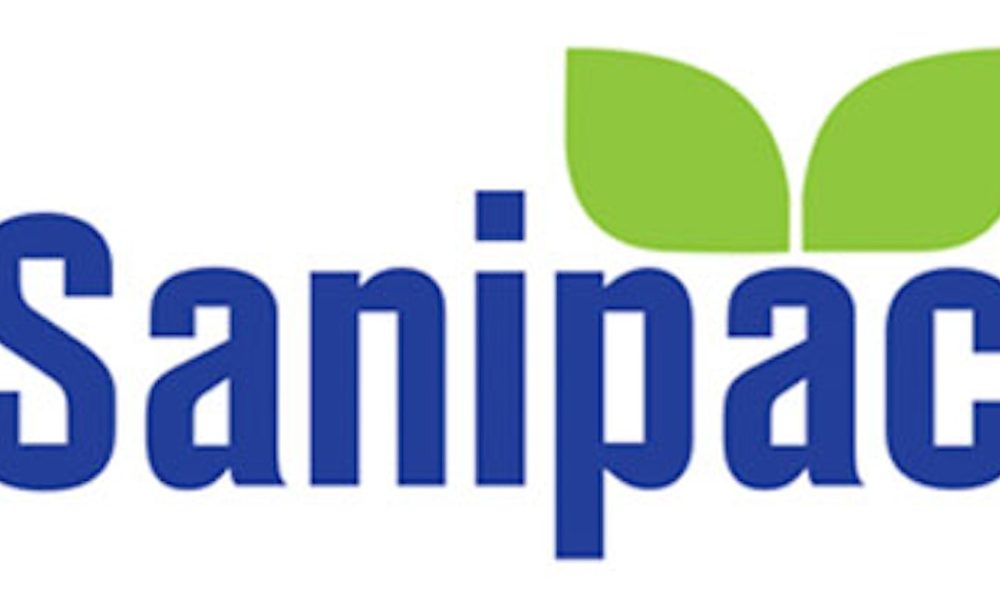
Creswell residents are being surveyed about potentially implementing a yard debris service in town with Sanipac. There are three options available: Tack on additional cost to every residential customer’s trash bill, create a subscription-based service or forgo the debris pick up option entirely.
The decision will ultimately be made at un upcoming city council meeting, once the survey period ends and input has been collected for council to examine, said Aaron Donley, accounts manager for Sanipac. If council were to give the proposal a thumbs up, the new service would likely be implemented in April 2019.
He said with the recent changes in recycling rules, coupled with the results from the 2012 survey, have reopened the discussion about yard debris services again.
A Sanipac survey was put out to Creswell residents in 2012, where 33 percent of Creswell customers participated in the survey. Results from that survey show that 57 percent of Creswell residents said they would have a use for the yard debris program, while 36 percent said they would not. The remaining seven percent did not answer the question.
In recent weeks, Creswell residents again received a piece of mail from Sanipac, asking questions such as: Have you put bags of yard debris outside your cart for collection in the last year? What do you currently do with your yard debris? And if yard debris were implemented would you prefer the mandatory built-in rate or subscription option?
There are two options for implementing yard debris services. The first would be to build in the cost of the service to your trash bill and spread it across all residential customers.
If cost was built into the residential rates and included standard as part of the garbage service, it would cost an additional $3.85 per month for Creswell residents, whether the yard debris service is used or not. This is the method used in the City of Eugene, which was implemented in Eugene in 2001, and in Veneta in 2004.
A Sanipac rate comparison shows that Eugene pays $24.65 for a 35-gallon can for weekly trash service with yard debris cost built into their trash rate, while Veneta pays $21.79 for the same service. Creswell, with the proposed $3.85 yard debris cost built into the current trash rates, would pay $25.10.
Sanipac research shows that in the first year of the service in Veneta, Sanipac diverted 241 tons of yard debris from the landfill. More recently in Veneta, Sanipac has diverted 373 tons per year as this program’s participation increases.
The second option would provide a subscription-based service where each residential customer would decide individually whether they wanted yard debris collection.
If yard debris was provided with a subscription basis, with a 12-month commitment (or a $25 cancelation fee), it would cost customers $6.45 per month.
This subscription-based method is used in the City of Springfield.
Springfield implemented its yard debris service in 2008, and Sweet Home implemented its in 2003. Springfield pays $5.97 and implemented its yard debris service in 2008.
Veneta residents pay $6.99 per month for yard debris services if they opt of out also having trash services, and Eugenians can opt to only use the yard debris service for $4.80, Donley said.
No yard debris services are currently being offered to Cottage Grove, Lowell, Oakridge and Florence.
Using the current rates for trash service in Creswell, customers would see savings as they decrease the level of trash service as a result of adding the yard debris can city-wide for $3.85 a month, Donley said.
If implemented, the yard debris would be collected at the cub in a 65-gallon cart on an every-other week basis, alternating between recycle car pick-ups.
For size comparison, the recycle cart is 95 gallons in size. Due to weight issues with yard debris, it is collected in slightly smaller 65 gallon cans.
Sanipac outlined benefits from implementing yard debris pick up, stating that yard debris and other organic matter that is taken to the landfill gets compressed underneath layers of other garbage.
Over time, the materials break down without the presence of oxygen and releases methane gas — which is more than 20 times more destructive to the ozone layer than carbon monoxide.
However, yard debris collected and taken to a compost facility is processed with the presence of oxygen, and is turned into nutrient-rich soil.
The Sanipac letter also states that curbside yard debris collection help reduce the amount of yard waste burning in our area, preventing potential future wildfires.
That survey can be found online at sanipac.com/yarddebrissurvey.








